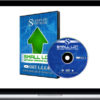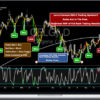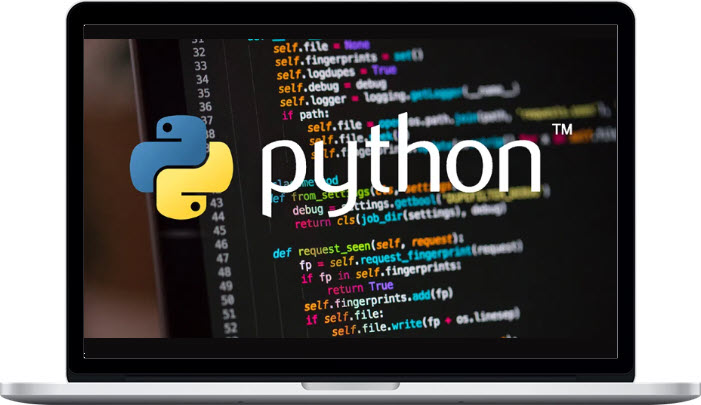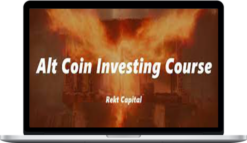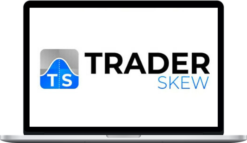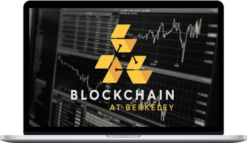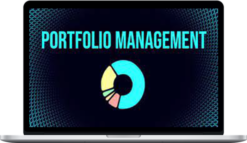Trading Markets – Programming in Python For Traders
$2,497.00 $119.00
Total Sold: 2
»Instant Delivery
Description
Trading Markets – Programming in Python For Traders
Chris and I are a generation apart yet our journey is the same.
Amibroker and Excel have been good to me and my clients for years. TradeStation was good to Chris for years. But we both realized in order to keep up with the professional quant firms, we needed to move to an open source professionally used language.
That language, as so many major quant firms have found, is Python.
Here is Why Many of The Top Quant Firms Use Python and Why You Should Too
There are many reasons why Python has become the go-to programming language for these multi-billion dollar fund companies. This includes…
- It’s easy to learn – You can learn how to program Python in under 10 hours. In 10 hours, you will be able to do in-depth research, code more complicated trading strategies, and analyze your backtested results better and faster than ever before!
- It’s faster than most languages. You will spend less time writing your code which leads you to having more time analyzing your results and improving your strategies.
- It’s Open Source – This means you’ll have access to the same trading code and tools created by many of the best researchers, programmers and traders in the world.
- Python has the best libraries for data analyses and quantitative trading. This means again you will be using the same tools as professional quant trading desks and hedge fund managers do. This can’t be said for other languages like TradeStation and Amibroker.
What You’ll Learn In Programming in Python For Traders?
- Week One – You’ll gain the foundation in order to do your backtesting, research and signal generation.
This foundation will lay the groundwork for you to scale into the upcoming weeks.
Your homework will include learning how to do technical analysis calculations in Python including moving averages, RSI, and the other major technical indicators used by professionals. - Week Two – You’re going to be backtesting in Python!
You’ll be writing code in Python and testing strategies and signals to find market edges. For example, you’ll be writing code using a 2, 3, or 4 period RSI on various levels, such as RSI below 30, RSI below 20, etc.
By the end of week 2, you’ll be able to test various market conditions (for example overbought and oversold conditions) and calculate the historical edges that exist in those conditions. - Week Three – You’ll be writing full fledged trading strategies. This includes allocating capital to trades, adding risk management tools, and analyzing portfolio returns.
At the end of Week 3, you will be able to run more advanced backtests of your trading ideas and strategies. - Week Four – In Week 4 you’ll be analyzing your backtests. This includes analyzing your cumulative returns, analyzing your risk (drawdowns, volatility, etc.), analyzing correlations through time, and a deep dive into analyzing individual signals in order for you to see when and how to best optimize your trading strategies.
- Week Five – In Week 5 you’ll be writing more advanced backtests. This includes creating signal list generation and managing a portfolio of multiple securities. You’ll also learn advanced concepts on position sizing in order for you to optimize the edges you are finding in your strategies.
By the end of this course you will have the ability to find your own market edges, build your backtest, and do a deep analysis of the test results.
More courses from the same author: Trading Markets
Delivery Policy
When will I receive my course?
You will receive a link to download your course immediately or within 1 to 21 days. It depends on the product you buy, so please read the short description of the product carefully before making a purchase.
How is my course delivered?
We share courses through Google Drive, so once your order is complete, you'll receive an invitation to view the course in your email.
To avoid any delay in delivery, please provide a Google mail and enter your email address correctly in the Checkout Page.
In case you submit a wrong email address, please contact us to resend the course to the correct email.
How do I check status of my order?
Please log in to TradingAZ account then go to Order Page. You will find all your orders includes number, date, status and total price.
If the status is Processing: Your course is being uploaded. Please be patient and wait for us to complete your order. If your order has multiple courses and one of them has not been updated with the download link, the status of the order is also Processing.
If the status is Completed: Your course is ready for immediate download. Click "VIEW" to view details and download the course.
Where can I find my course?
Once your order is complete, a link to download the course will automatically be sent to your email.
You can also get the download link by logging into your TradingAZ account then going to Downloads Page.
Related products
Total sold: 2
